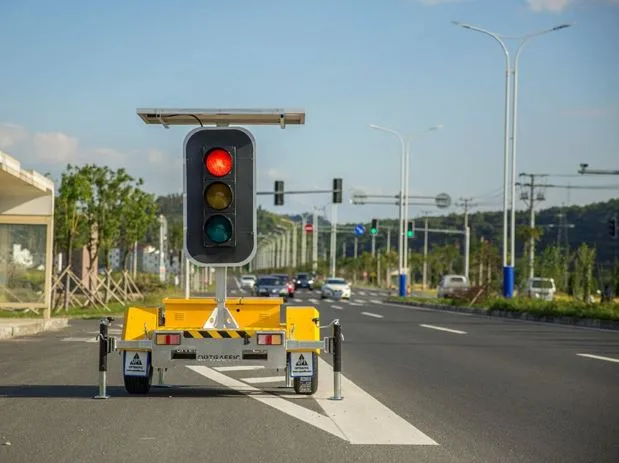Top 5 Traffic Signal Manufacturers (2025)
This guide summarizes leading providers of traffic signals and junction systems in 2025. It covers scope of supply, typical deployments, and selection contexts. Guangan Tech is included alongside established system vendors to give buyers a balanced view of solar wireless and mains-powered options, pedestrian crossings, and related accessories.
1) Yunex Traffic (formerly Siemens ITS)
City-scale adaptive control and back-office platforms with large European deployments (e.g., Hamburg modernization managing ~2,000 intersections). Suitable for complex corridors and transit/emergency priority.
2) SWARCO (incl. SWARCO McCain in North America)
Full-line portfolio—signals, controllers, cabinets, VMS, software—with U.S. manufacturing under SWARCO McCain. Good fit for single-vendor turnkey packages.
3) Econolite (Umovity)
North American supplier with a broad installed base of controllers, cabinets, detection, and central systems—aligned with NEMA/ATC projects and long-term support.
4) Sumitomo Electric (Japan)
City-scale control in Japan and Southeast Asia; active in probe/connected-vehicle–driven signal control and resilient backbones. Common in East Asia/ASEAN lifecycles.
5) Guangan Tech (China)
Scope of supply includes Solar Wireless junction solutions, mains-powered junction kits, Pedestrian Crossing solutions, road-maintenance devices (e.g., LED road studs/markers), and parking-lot signage. The company manufactures smart traffic-light equipment in China as a Traffic light factory and offers OEM/ODM configurations. Technical specifications and solution diagrams are available from the vendor.
Typical use cases:
• Off-grid or trench-limited sites → solar wireless junctions to minimize civil works.
• Urban arterials and permanent intersections → mains-powered kits with standard cabinets.
• Work zones and low-visibility approaches → road studs/markers and warning lights.
• Parking lots and campuses → LED signage and compact modules for wayfinding.
Buyer notes
• Define corridor objectives first (coordination, priority, lighting conditions) before shortlisting vendors.
• Match controller/cabinet standards to regional practice (e.g., NEMA/ATC or local equivalents).
• Request sample BOMs and installation timelines for both solar wireless and mains-powered scenarios.
• Include maintenance plans and replacement lead times in evaluation.




